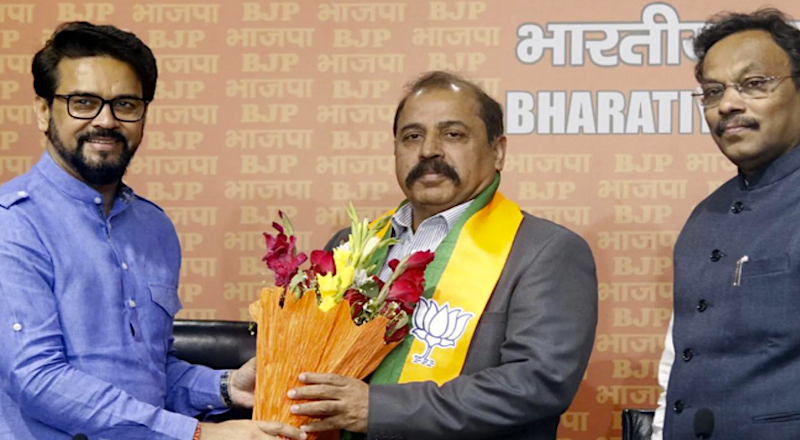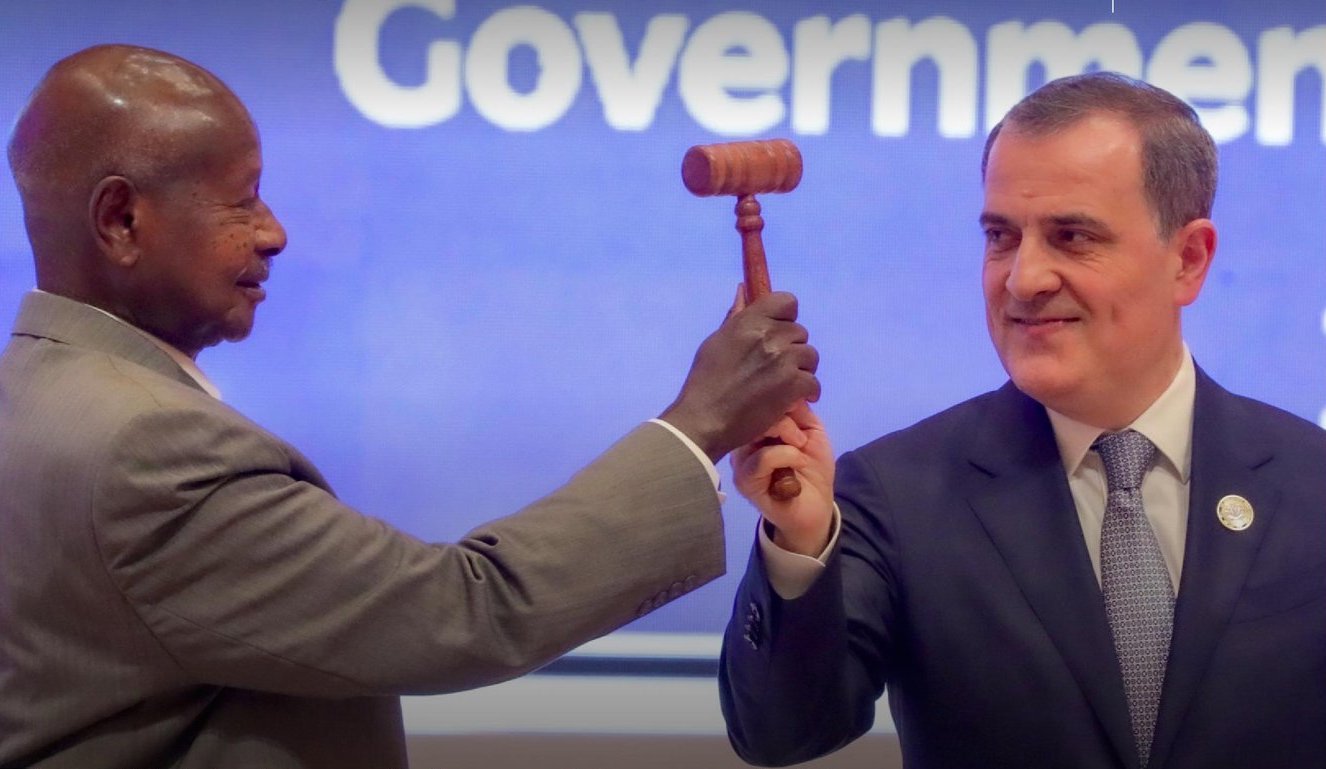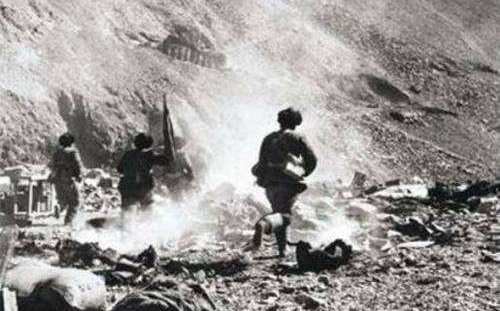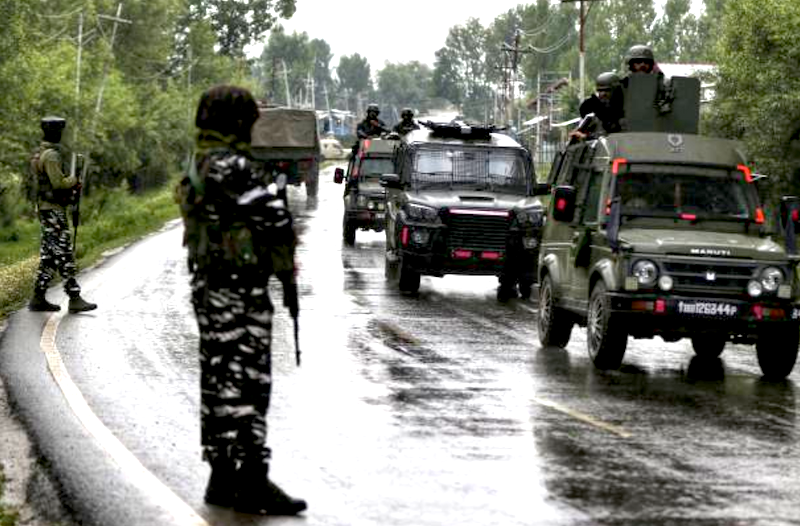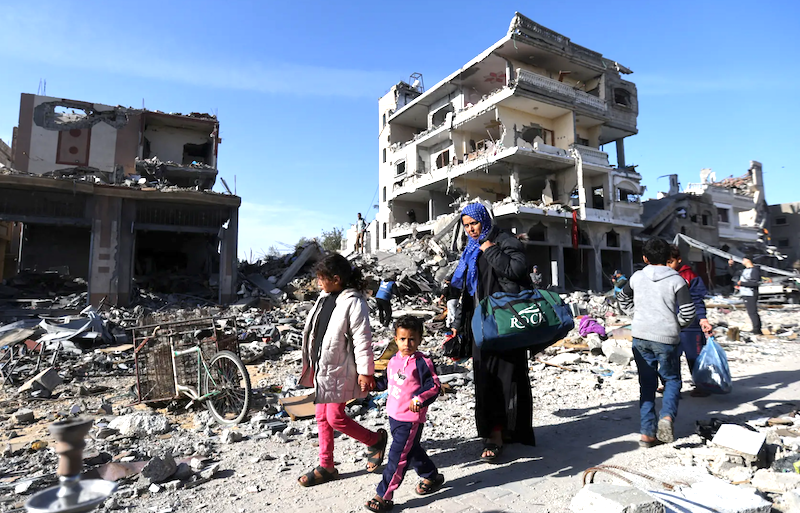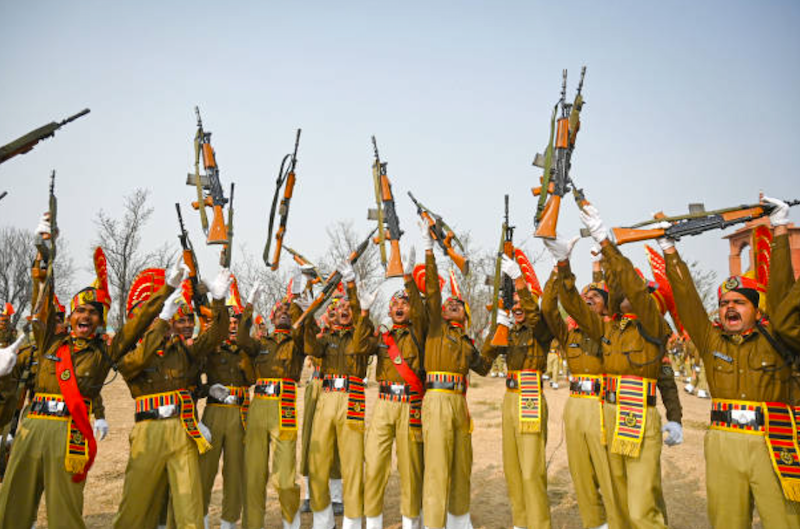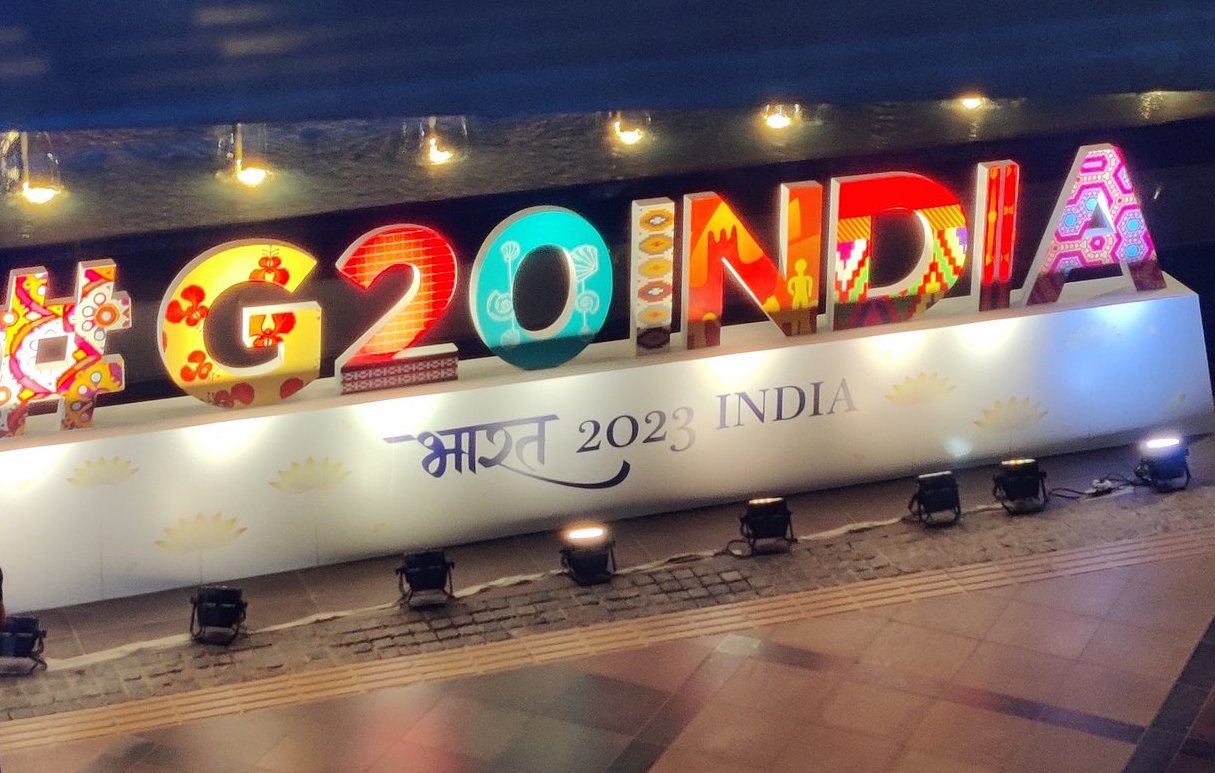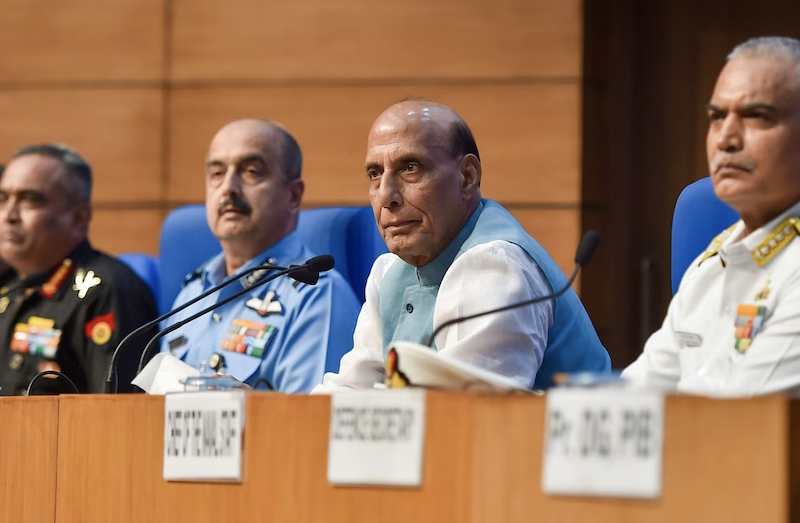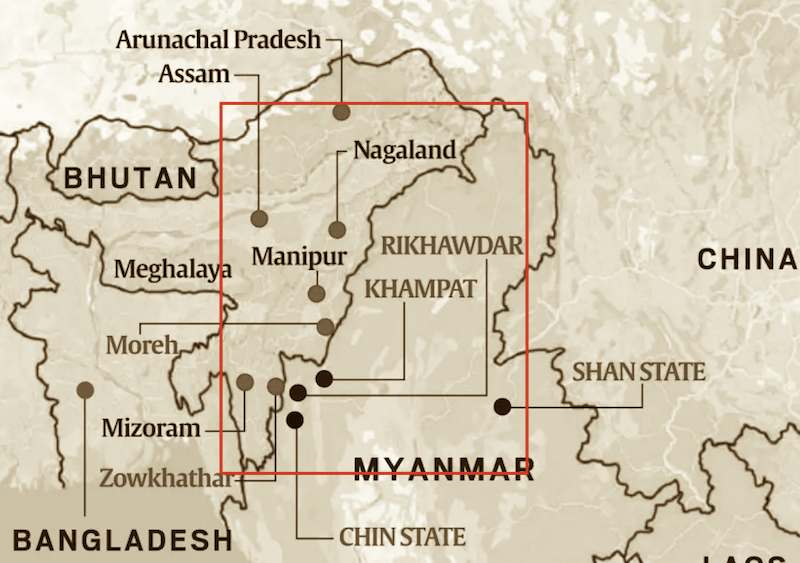 The India-Myanmar border is shown inside the red box. (Google Maps)
The India-Myanmar border is shown inside the red box. (Google Maps)
“Border security is the most basic and necessary responsibility of a sovereign nation.” ~ Kirstjen Nielsen, former US secretary of homeland security
Border security is essential for national security, public safety, and economic well-being of communities. This means that border security is of paramount importance for ensuring the all-round development of a country. In line with this priority, the Union home minister, Amit Shah, announced at the passing out parade at Assam Police Academy on January 20, 2024, that the 1,643-kilometre India-Myanmar border would be fenced in accordance with national security needs. He also stated that the free-movement regime with Myanmar would be reconsidered. (Days later, the government scrapped it.)
The India-Myanmar border runs through Arunachal Pradesh, Nagaland, Manipur, and Mizoram from the north to the south. The length of the border is 520 kilometres with Arunachal Pradesh, 215 kilometres with Nagaland, 398 kilometres with Manipur, and 510 kilometres with Mizoram.
Recently, due to the unrest in Manipur and rampant smuggling of contraband, including drugs and weapons, from Myanmar, the free-movement regime was scrapped. This will, in the long run, hamper local trade and people-to-people relations. This will also lead to an adversarial relationship between border guards and border population, affecting border security.
Read also: Bringing Jammu & Kashmir out of the quagmire of militancy
What does security governance involve?
Firstly, it involves border infrastructure, such as border outposts on the international boundary to physically guard the border. It also involves fencing and floodlighting the border to check infiltration, illegal migration, and illegal cross-border movement, as well as constructing border roads and laterals to facilitate movement.
Secondly, it involves accepting the border population as a border management asset in strengthening border security and ensuring the all-round development of border areas. Thus, local aspirations in terms of development, trade in local produce in the absence of organized marketing infrastructure, culture, and cross-border ethnic relations need detailed analysis while framing border management strategy.
What are the two major ingredients of border security on the India-Myanmar border? Does it have border infrastructure in a forward position to physically guard the border?
The India-Myanmar border is not manned 24/7/365 in a forward position. As far as the population is concerned, the free-movement regime acted as a connector of hearts and minds, as it allowed locals to maintain relations with their ethnic brothers across the border and carry out cross-border trade of local perishable and non-perishable goods. Trade also acted as an income generation and survival tool for the border population.
Read also: Attrition in CAPFs – A call for in-depth analysis, proactive measures
Borders have been and will be used by anti-national elements for illegal migration for a better life, smuggling of contraband, including drugs and weapons, and infiltration. That is true for all borders and the blame for that can be laid at the doorsteps of the free-movement regime. The reason for that is the absence of physical guarding of the border along the zero line, which provides an opportunity to exploit the open border all along the 1,643-kilometre front. The regulated points for the free-movement regime only permit movement under the supervision of border guards.
The solution for containing anti-national activities does not lie in scrapping the free-movement regime, but in strengthening it along with border security infrastructure. There is a need to enmesh the border population in border security, which may not happen if the free-movement regime is scrapped, making the relations between the local population and border guards permanently adversarial.
The Mizoram NGO Coordination Committee, a major conglomerate of civil society organizations and students’ bodies, has expressed concern over the construction of fencing and the scrapping of the free-movement regime. Similarly, the Naga Students Federation, a powerful students’ body of Nagaland, has voiced opposition to the scrapping of the same. Likewise, all Naga hohos (assemblies of Naga tribes) have urged the Nagaland government to intervene.
Read also: Hamas attack on Israel – Lessons for India in border guarding
The border areas along all four states are inhabited by tribal populations with cross-border relations. Therefore, there is resentment and opposition to the security initiatives contemplated by the Union government for strengthening border security. The opposition to the security initiatives is due to the lack of consultation on the issues affecting the life and livelihood of lakhs of people. The consultation process would have removed the apprehensions on the security initiatives and there would have been no need to scrap the free-movement regime, which can coexist along with the fence.
Decisions on border security taken in isolation may not succeed in the long run, impacting national security. To strengthen border security along the India-Myanmar border, there is a need for the government of India to have in-depth engagement with all the stakeholders affected by the construction of fencing and the scrapping of the free-movement regime, listen to their grievances and apprehensions, address them and arrive at a common ground.
Dialogue is needed to dispel the impression that to address the Manipur situation, fencing is being imposed and the free-movement regime has been scrapped without taking the other stakeholders into confidence. Both the Nagaland and Mizoram chief ministers have voiced their opposition to the fencing and the scrapping of the free-movement regime.
Read also: Command duality in border guarding is against national security
What steps does the government of India need to take to strengthen border security before it embarks upon the construction of fencing and implements the scrapping of the free-movement regime?
The construction of fencing is a long-drawn process which, if initiated immediately on a war footing, will still have a very long gestation period. However, before it is started, certain security requirements must be met.
In the process, there must be a forward movement of troops to physically guard the border and provide security to the fence-construction parties and the construction firms. The fence construction requires fool-proof security to the construction parties, which is only possible once the border is physically guarded all along the international boundary. Physically guarding will also curb infiltration and illegal cross-border movement from anywhere and everywhere.
Next in the process is the selection of the border-guarding force to guard the border and facilitate the fence construction. The most professional force guarding two highly volatile and hostile borders is the Border Security Force. The force was involved in coordinating the fence construction on both borders, including in the most inhospitable topography of Tripura.
The government needs to give the responsibility of border guarding on the India-Myanmar border to the BSF and, for that purpose, sanction additional battalions to guard the border in a forward position with the connected command paraphernalia of higher headquarters.
Read also: India-Myanmar border guarding needs a fresh approach
The free-movement regime is a unique feature of the India-Myanmar border, which stands scrapped. The border population all along the India-Myanmar border, the civil society groups representing the population, and the local governments certainly appreciate the need for the construction of fencing to put a stop to infiltration, illegal migration, and drugs and arms smuggling from across the border.
However, their major concern is the scrapping of the free-movement regime, which permits the cross-border movement of the local population from designated points. These points are Pangsau, Moreh, and Zokhawthar in Arunachal Pradesh, Manipur, and Mizoram respectively.
The present state of security of the India-Myanmar border in the absence of forward domination allows free movement from anywhere and everywhere. Unless there is a forward deployment of border guards on the zero line, the scrapping of the free-movement regime remains an exercise on paper.
Read also: Manipur crisis is becoming national threat, govt must act now
What is the solution to harmonise a balance between local aspirations and security needs along the four frontline states along the India-Myanmar border?
Firstly, the government should immediately ensure a forward deployment for effective border guarding and go aggressively and expeditiously for the construction of the fence. Simultaneously, it should reconsider its decision on scrapping the free-movement regime.
Rather than reducing the designated points, they may be increased, which is practically possible and manageable, as the fence will be constructed on almost the zero line and additional points along the fence for facilitating and regulating the free-movement regime are possible.
This arrangement not only addresses the security concerns but also takes care of the local aspirations. The free-movement regime can be expanded for institutionalizing the system of border haats (open markets), which will economically help the local tribes on both sides of the border and strengthen border security.
The government is cognizant of the need to maintain a balance between border security needs and local aspirations for strengthening national security. It certainly should ensure necessary amendments after deliberations with local governments.
Disclaimer: The views expressed in the article are the author’s own and don’t necessarily reflect the views of India Sentinels.
Follow us on social media for quick updates, new photos, videos, and more.
Twitter: https://twitter.com/indiasentinels
Facebook: https://facebook.com/indiasentinels
Instagram: https://instagram.com/indiasentinels
YouTube: https://youtube.com/indiasentinels
© India Sentinels 2024-25

